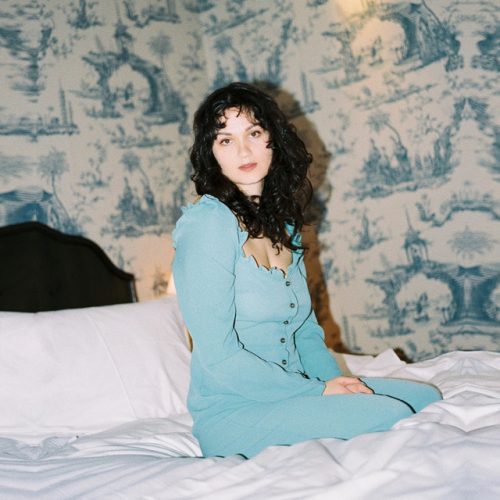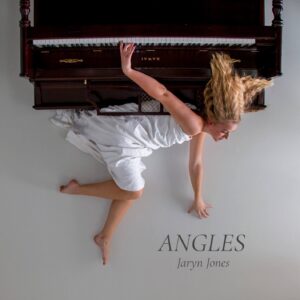Emina Sonnad’s “Turn the Record Over” is an elegant song, built around a warm piano with just enough reverb to sound full but lonesome, like it’s playing in a sunlit but empty room. The piano carries the waltz-time foundation, while the drums provide atmospheric surprise. The drum sounds are particularly hands-on: the wooden click of the sticks and the metal-on-metal friction of the brushes create sonic textures you can almost feel.
The song opens and closes with the little crackles characteristic of spinning vinyl. I’m curious about the source of that sound; my guess is there are a lot of digital presets available for “vintage record.” Originally, though, those are noises of imperfection, caused by tiny scratches or bits of dust in the groove.
These sounds could be considered a shortcoming, an artifact of the clumsy, material form of a vinyl record, fixed by the slick, ghostly format of digital recording. Sonnad’s song doesn’t have to crackle and pop – the sound is a deliberate inclusion. It directs our attention to the physical object in the title. A vinyl record is the material body of a song, made unique by the tiny accidents of use.
A record’s motion suggests the passage of time: circling around like hours around the clock, or a planet in its orbit. Sonnad focuses on the moment of change, when the needle is lifted out of its groove, the record rotates on a different axis, and all is reset on the other side. Turning the record over is a moment of decision, a deliberate action that changes the course of what follows. It’s also an interruption of the music.
The story of the song takes place during an interruption. “You say I don’t look so well,” Sonnad sings. “Check me into a hotel.” The pause to flip the record is necessary to hear what’s on the b-side; in this story, a pause is necessary for getting well, to someday maybe “start over.” Sonnad’s metaphor of the record tells us how to understand this interruption: as a deliberate choice, a necessary detour to get back on track.
The record is more than a metaphor in this song. The character uses music to “drown out the noise” of painful memories. She instructs: “Put on my favorite song / Promise you won’t be long.” The song and the promise each ease the anxiety of waiting. A promise is a time machine, an anchor cast forward into uncertainty. Music is another kind of time machine, one that brings us right to the moving edge of the present.
If you try to hold on to the song, it stops; the only way to experience it is in motion, as it goes away.
Music makes the passage of time meaningful – this is probably why they play it in waiting rooms and while they’ve got you on hold. In this song, it’s music that guides someone through her time of waiting and leaves her poised on the brink of hope.







